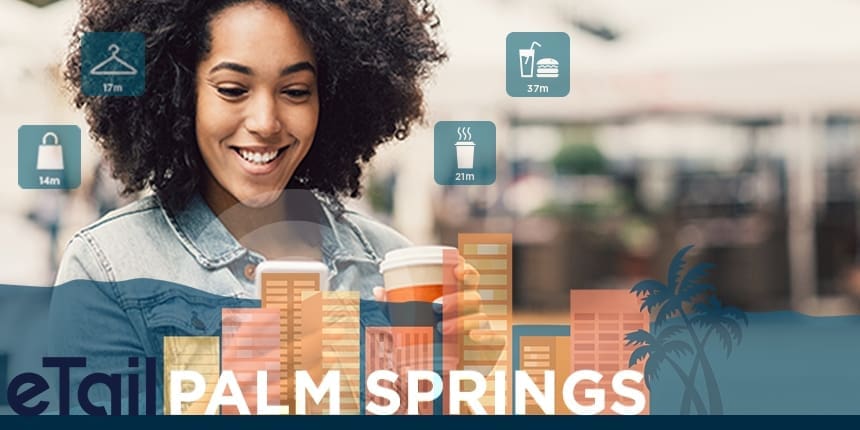
 2023-the-year-of-the-visual-interne...
2023-the-year-of-the-visual-interne... 
The year is already presenting a lot of opportunities and challenges for marketers. On one hand, there are disruptions to the marketing industry with the ongoing evolution of the SERP (search engine results page), the rise of generative content (content created by artificial intelligence), and even economic uncertainty on the horizon. On the other hand, marketers can strengthen their brand voice and drive growth by embracing these marketing trends.
The main trend in 2023 is that the internet will increasingly be watched and listened to rather than read. The explosion of platforms, the democratization of content creation tools, and the multiplication of content creators has significantly transformed the online experience in recent years. We’ve explored how these disruptions are affecting the online experiences through the lens of paid media, listings management, local search, content creation, and more. In short, the online experience has never been so visual. Not only do marketers need to understand the implications of this new reality to win in 2023, but they also need to embrace AI as the enabler.
SEO has become more visual to address user needs
Richer and more visual SERP experiences are continuing to address users’ needs directly within search results, often without needing to access a website. Marketers should remember that it was never Google’s job to send traffic to websites—its aim is to answer user queries in the most effective way. With this in mind, video and other visual elements are playing a more important role in organic search as they become more integrated within SERPs and exert a greater impact on organic performance. Just take a look at the difference less than two years makes with the search “shoes” into Google:

Brands need to manage and enhance their local listings to stay competitive
With the increasing visualization of the SERP, Google will push for more short-form video content from local businesses and will, in turn, reward businesses with video testimonials, short product demos, and general video content with improved placement in SERPs. Brands also need to consider that 65% of Google searches result in zero-clicks, up from 50% in 2019. You can learn just about anything about a business without a single click, as you can see below , with hours, address, ratings, and even available products right on the local search page. Ensuring accurate content on your business listings is not enough; brands need to optimize it with pictures, video, and more to really drive conversions.

Brands need to embrace the idea that AI will be used create content
While the concept of generative content—content created by AI—has been incubating in deep development for some time, the recent release of the ChatGPT interface by Open.AI has opened it up to a wide audience to investigate, query, and create, with more than 1 million people jumping on the platform within the first five days of release. The chatbot has since surpassed 100 million users, doing so far faster than both TikTok and Instagram. Expect more platforms and applications to begin offering generative content capabilities, which will have significant implications for content creation—especially in terms of rapidly scaling original content. There will be impacts in the speed and efficiency of content being brought to market, while content job market itself will see traditional “creator” roles displaced by “AI Guide” and “AI Trainer” career paths.
Video is crucial to maintaining a strong social media presence
One of the main marketing trends in 2023 is how video is becoming a necessity in any marketer’s mix in order to capture attention, especially in the awareness phases. This new trend is seeing video initiatives aimed toward conversion goals, as seen with success on popular platforms like TikTok , where short videos are generating strong conversion rates (43% of TikTok users will try something new after seeing it on the platform). This shift in paradigm should dispel the notion that video is aimed toward awareness and brand recognition only; instead, it can be used as a lower-funnel tactic.
Paid media powered by AI will become more granular and effective
The major trend impacting paid media is how AI is helping create more effective media plans. By removing the busy work, marketers can focus on higher value tactics like personalized offers, strategies tailored to user experiences, and monitoring AI or managing platforms. While the shift towards relying on AI and automation may seem scary at first, those who embrace this trend will be able to distill meaningful insights that provide a genuine competitive advantage. Tools and platforms will also evolve in this direction, like PMAX (Google Performance Max), to target tactics more granularly. In the end, this should help customers become accustomed to more impactful and enjoyable ad experiences.
Excited to capitalize on these trends but don’t know where to start? Get in touch with us to see how we can take your digital media performance to the next level.

